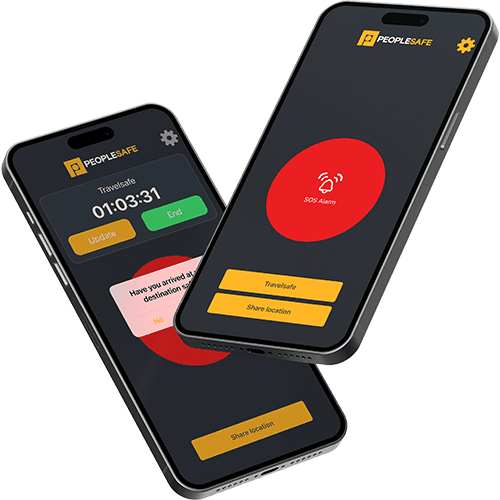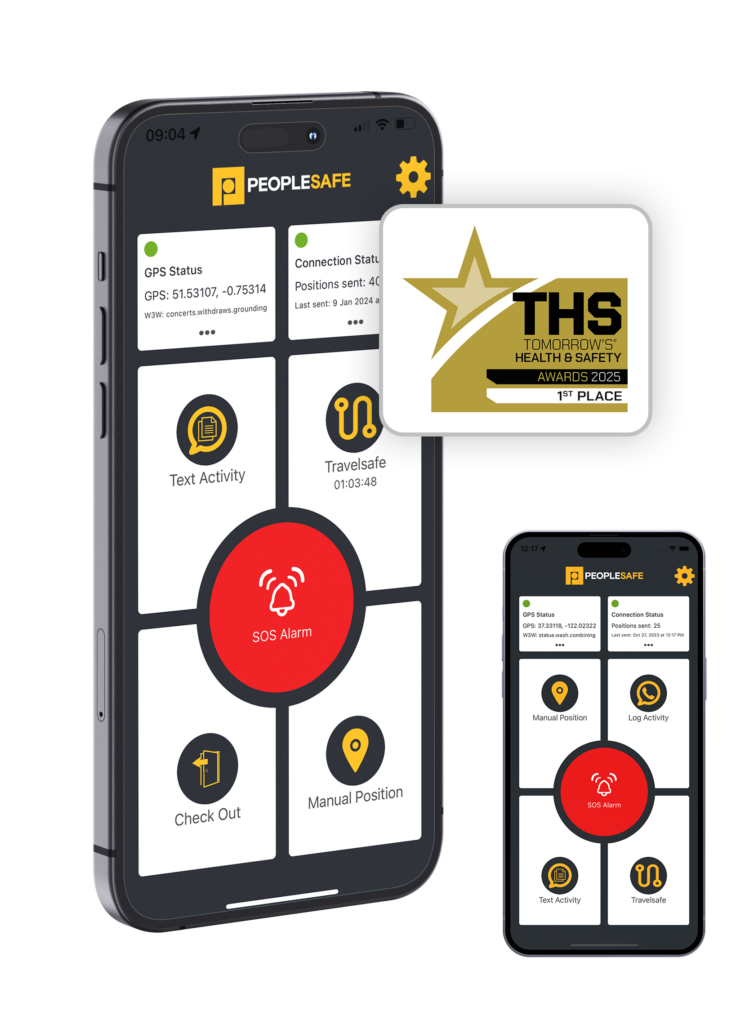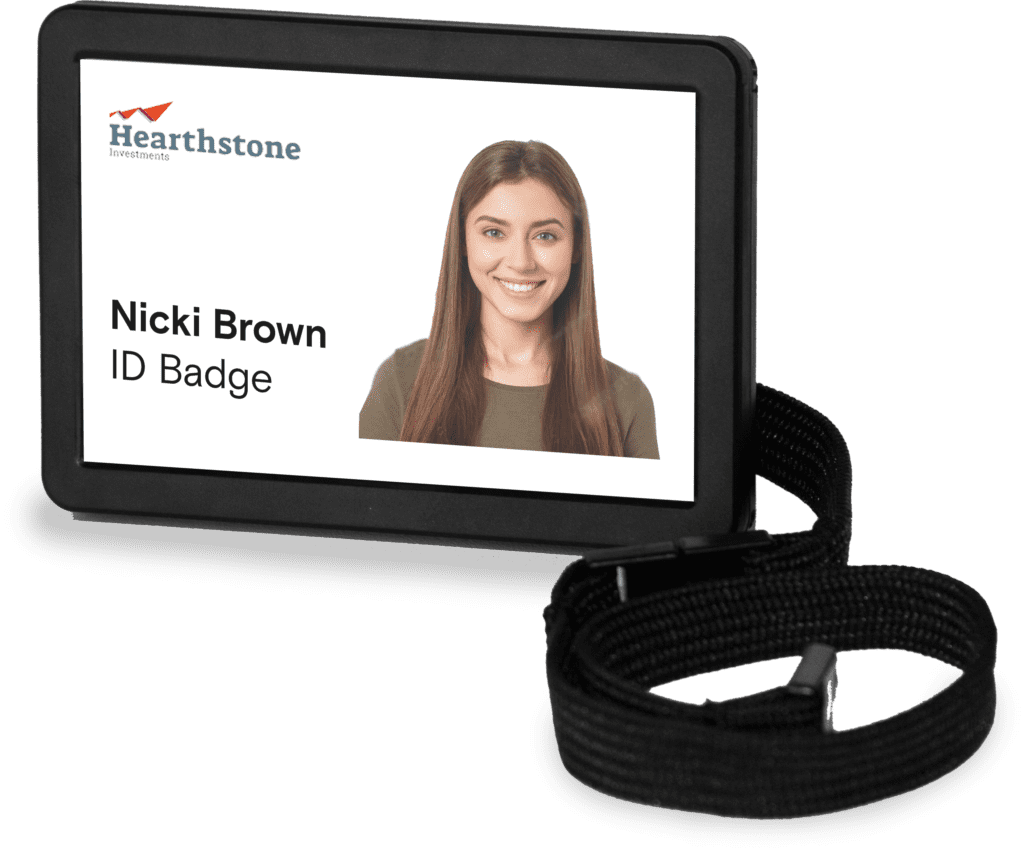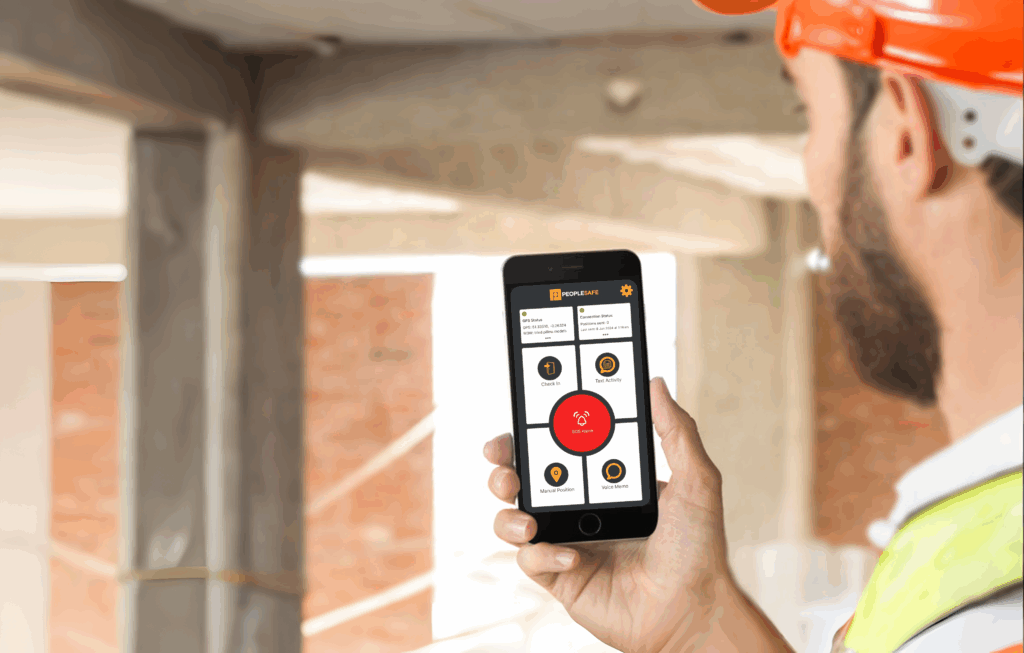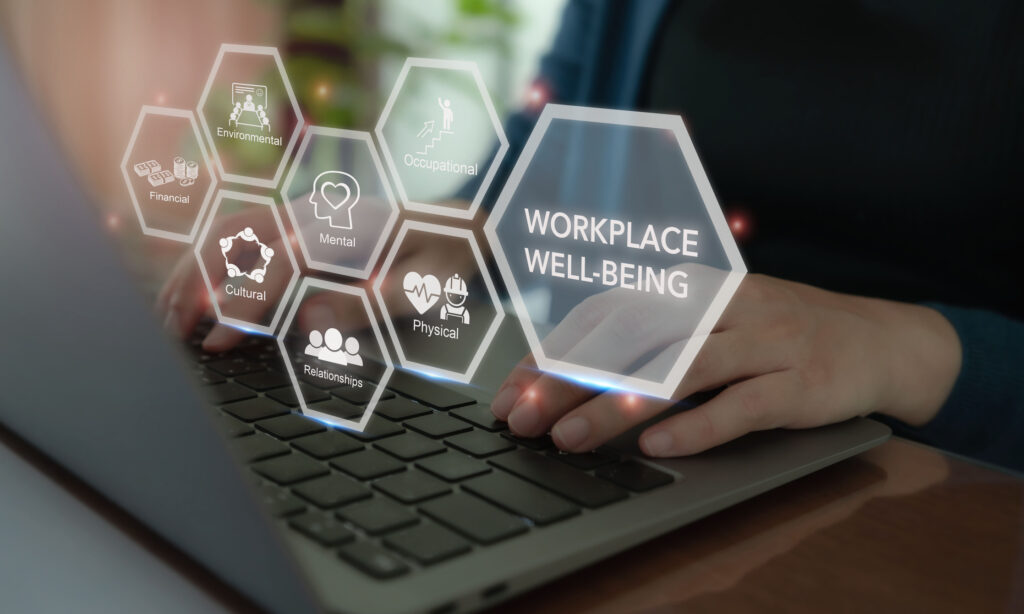Employers Are Underestimating Personal Safety Fears of Nearly 7 Million Workers
Our landmark study into the perceptions of personal safety at work found that 6.8 million workers worry about their personal safety each week, while the majority of employers underestimate this level of concern.
The study, which was conducted with 2,081 non-vulnerable and potentially vulnerable workers, found that one in five employees worry about their safety at least once a week and that negative experiences involving safety issues often contribute to both their decisions to leave their job and their willingness to take on a similar job in the future. In fact, 22% of employees we surveyed cited safety concerns as a reason they chose to leave their job and over a quarter would not take on a public facing role due to personal safety concerns.
Policy makers and businesses across the UK are facing a recruitment and retention challenge in front line roles, with a poll of 160 HR leaders by Willis Towers Watson revealing that more than three-quarters have had problems recruiting and retaining employees. Although staff retention is a complex issue, our research clearly shows that employees who feel unsafe at work are less satisfied in all aspects of their role and are more likely to leave their current position compared to workers who have not experienced a negative event. Whilst action is being taken to support other motivating factors for leaving a role, less has been done to address personal safety concerns. There is a clear, untapped potential here to remove a motivating factor for a fifth of people that choose to leave front line and lone worker roles.
Additionally, our study found that many businesses want to do more to protect their employees, but many struggle to know how they can help.
This report explores the issue of workplace safety and presents solutions for how employers and Government can work together to address these challenges. The report recommends that in order to better protect employees, regulators must give clearer guidance and Government should work with all parties to set out a standard of protection that employees can easily understand and access.
Lower cost security measures now exist and can be better tailored to a wider array of employees. The most effective are personal safety mobile apps that provide a strong level of protection, can support the prevention of incidents, and critically manage issues. Where CCTV systems may cost thousands of pounds, some personal safety alarms are now the price of a cup of coffee for near instant access to the police and priceless reassurance for employees.
This message that employers are not currently doing enough is echoed by employees. 51% of people we surveyed agree that employers have a duty of care towards them outside of working hours and nearly a third believe their employer could be doing more to protect them. Most employees surveyed also supported the introduction of solutions that alerted people or called for help when they were at risk; a stark contrast to their views on CCTV and passive monitoring systems.
There is a clear, tangible benefit to recruitment and perceptions of roles if prospective employees are offered technology and personal safety solutions that they know will reliably keep them out of harm’s way.
Naz Dossa, CEO commented “Britain’s workforce is our most valuable asset, and it has faced up to considerable challenges throughout the pandemic while continuing to deliver fantastic services.
Despite this, we are facing a cross-industry problem that few have come to terms with. It’s clear that safety concerns are real for millions of employees in all types of roles, and that employers underestimate their concerns, and feel it is hard to know what they can do to protect their employees.
We need to shift the dial on the importance of employee personal safety. By supporting businesses to act in the best way possible, and by giving employees greater peace of mind through recognised standards, we can make a genuine difference. We’re calling on employers and government to work together to achieve a step change in how workers are being protected.”
See the full results and recommendations on how to tackle this often unseen issue affecting all employees by downloading the full report: Overcoming the Employee Safety Gap

